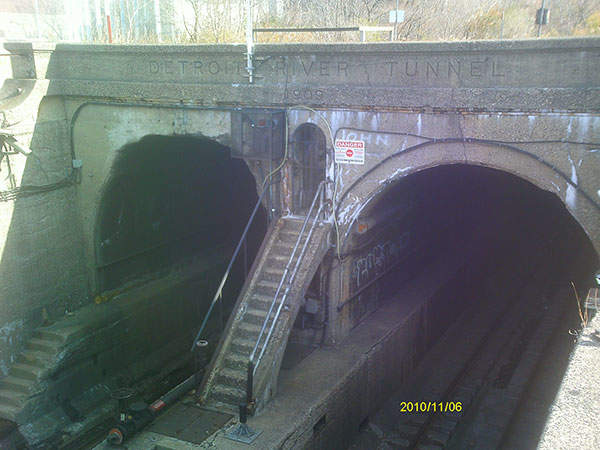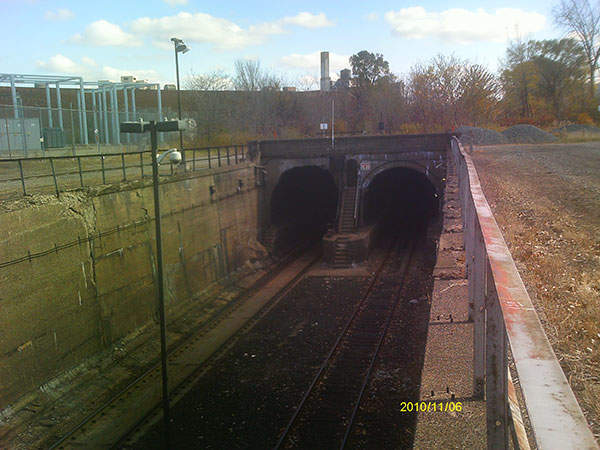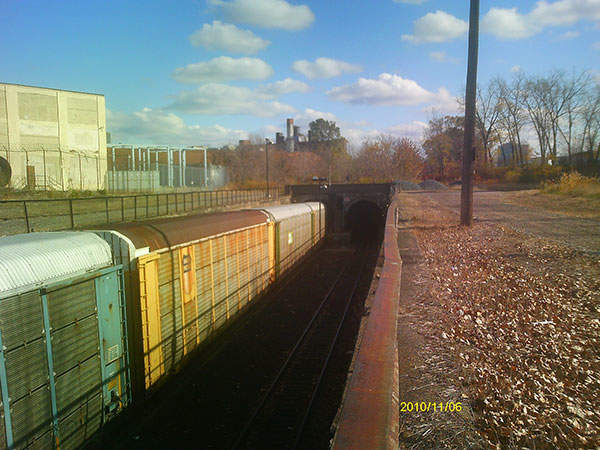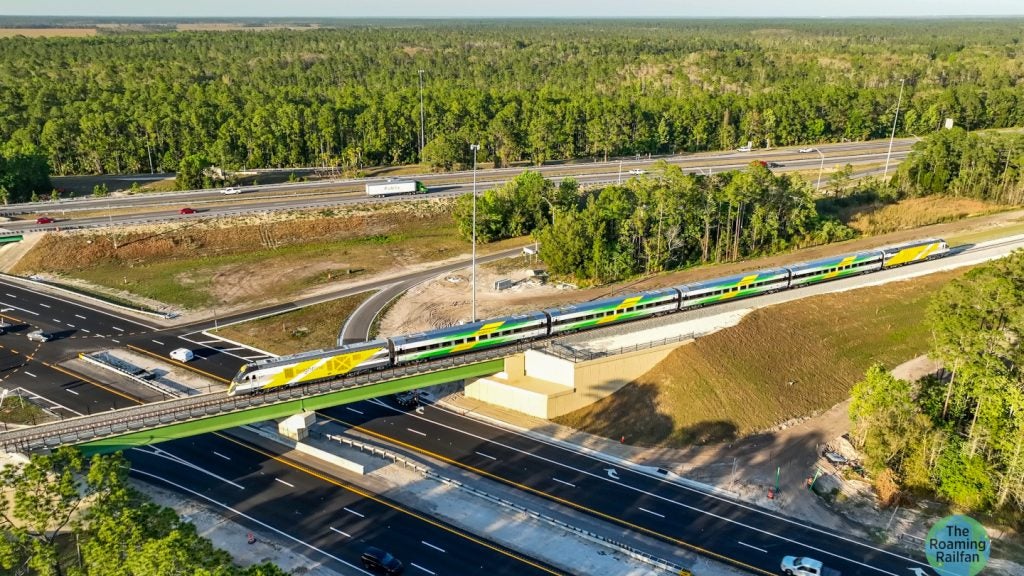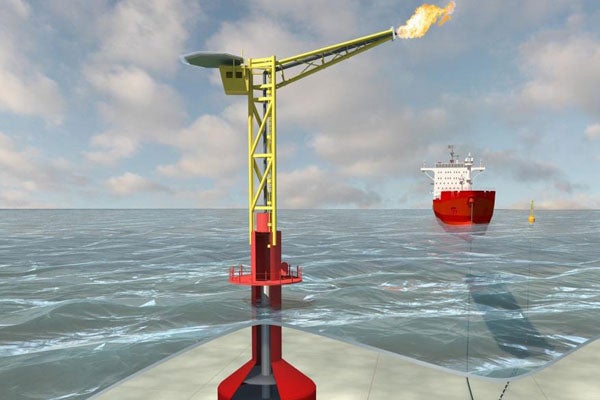
Continental Rail Gateway (CRG) is a planned major rail tunnel project underneath the Detroit River connecting Detroit in the US and Windsor in Canada. The new tunnel will replace and be built adjacent to the existing Detroit-Windsor rail tunnel, which has been in operation since 1909.
The proposed tunnel is designed to handle double-stacked containers and tall rail cars. When complete, it will improve the cross-border trade, while turning Windsor-Detroit into a major logistics hub. The project is being developed by a public-private coalition called the Continental Rail Gateway, which formed in 2010 and includes the Windsor Port Authority, Borealis Infrastructure Trust and Canadian Pacific.
The estimated cost of the project is $400m. The project partners will fund 50% of the project cost and the remaining 50% will come from government sources. Construction is expected to begin in 2014 as soon as the funding and regulatory approvals are secured. The project is expected to be complete by 2016, creating 2,200 direct and indirect jobs.
Need for replacement of Detroit-Windsor rail tunnel
The existing Detroit-Windsor rail tunnel is the first trench-and-tube tunnel constructed in the world. The 1.6-mile-long (2.57km) twin tunnel, which is neutral freight tunnel open to any carrier, connects southeast Michigan with southwest Ontario.
By handling around 400,000 freight cars a year, the tunnel ranks second in annual US-Canada rail freight value and third in US-NAFTA rail freight value.
The tunnel is still in good condition but it is only 6m high. It cannot accommodate double-stacked container rail cars (6.4m height) and the new generation multilevel taller rail cars. The tunnel was expanded in 1994 for higher clearance, but it cannot be expanded any further.
Container traffic from the Port of Montreal is expected to increase by more than 100% by 2020. Modern 9ft x 6in double-stacked container rail cars have emerged as the most efficient mode of freight carriage. Hence, a higher clearance replacement tunnel was deemed necessary at the Detroit-Windsor crossing.
Continental Rail Gateway project development
The replacement tunnel project was first mooted in 2000 by the Detroit River Tunnel Partnership, a joint initiative of Borealis Infrastructure Trust and Canadian Pacific. The original plan was to turn the existing tunnel into a cargo truck route, which was scrapped as a joint decision was taken by the US, Michigan and Canadian governments to build a new Detroit River bridge.
The Detroit River Tunnel Partnership spent around $100m on engineering. It also acquired 20 acres of land for the project from Detroit in 2007. The project could not kick-start due to funding problems.
Related project
Vancouver SkyTrain, Canada
Vancouver is Canada’s third city, the metropolitan area having a population approaching 2.3 million and projected for 3 million by 2030. An important port of the Pacific Rim, close to the US border and the region’s main transport hub, the city has a high standard of living. Developed on land bounded by water on three sides, the core of the city has a high population density by North American standards.
In June 2010, the Windsor Port Authority joined the partnership to form the Continental Rail Gateway to develop, fund and build the project. In the same month, a detailed project description was filed with Transport Canada.
As of February 2013, the environmental assessment of the project was nearing completion, based on which key regulatory approval will be obtained. In the meanwhile, the coalition is engaged in securing funding from the US and Canadian governments.
New tunnel design details
The proposed high-clearance replacement rail tunnel will be built at the river depth of 49.2ft, which is about 30ft deeper than the tubes of the existing tunnel. The length of the new tunnel will be 2,845m, which is 700m longer than the existing tunnel. It will be 500m longer on the Canadian side and 200m longer on the Detroit side.
The internal diameter of the tunnel will be 8.4m with a lining thickness of 0.5m. The tunnel is designed to allow the operation of modern age double-stacked large container rail cars with an operating speed of 80kmph. Upon completion of the new tunnel, the existing tunnel can be used for passenger trains which will create a Quebec City-to-Chicago link.
Continental Rail Gateway project benefits
The Windsor-Detroit corridor, the busiest trade corridor of Canada, accounts for nearly 30% of the total Canada-US trade. By providing a high-clearance border connection between Canada and the US, the proposed tunnel will significantly improve trade between the two countries.
The project will better connect the mid-western markets of America with Canada’s key ports, such as the Port of Montreal, by adding freight capacity and efficiency. It will also lead to significant economic development of the Detroit-Windsor region by turning it to an intermodal freight hub.
On top of all, from an environmental point of view, Continental Rail Gateway will offer an ideal alternative to trade over highways.

